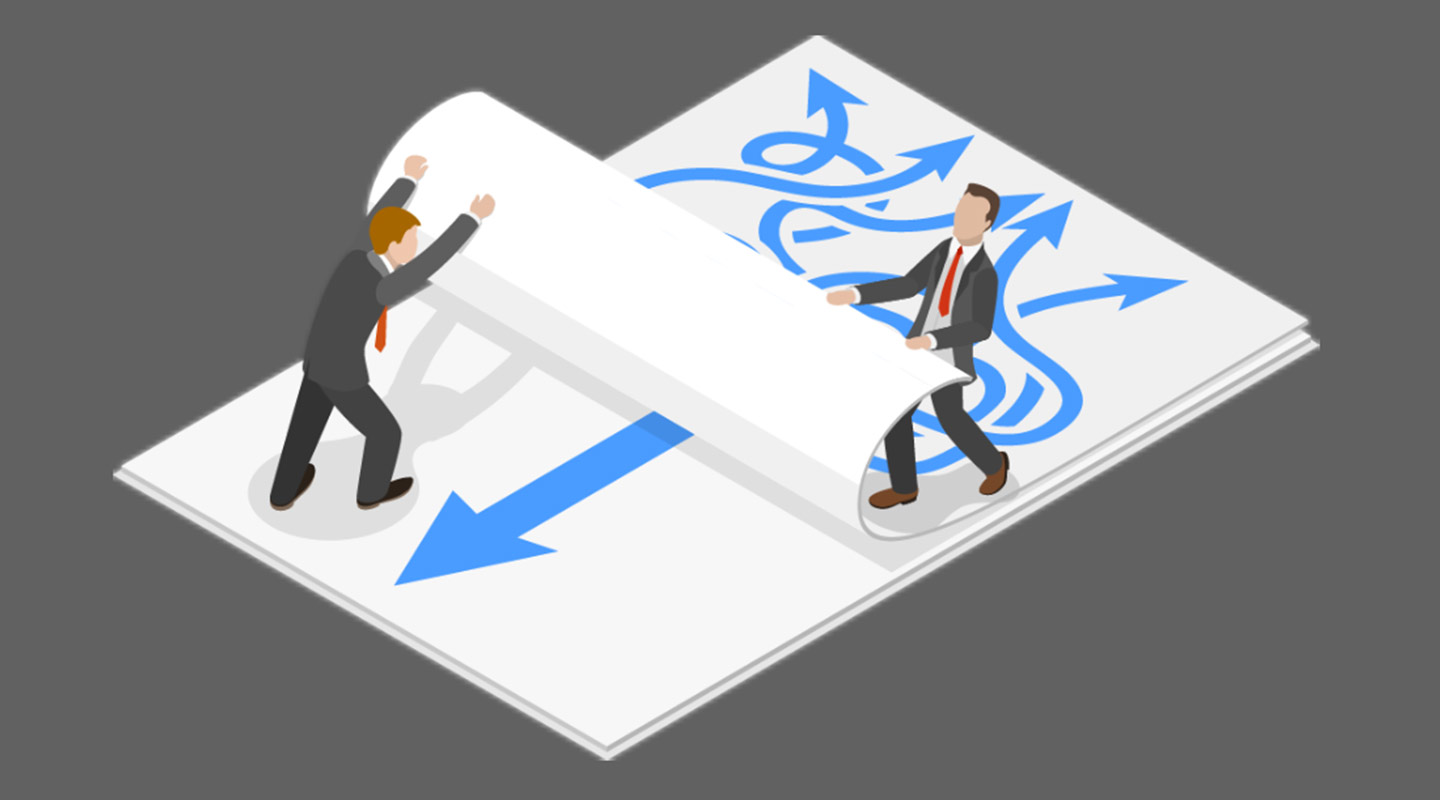It’s not a perfect analogy but stick with me for a minute. After two years of hard use, I finally broke my mobile phone a couple of weeks back. Looking into my options—new phone/new plan vs. same model/same plan—I took the latter. And it all came down to the automatic updates.
You see, after all that time, the “same model/same plan” isn’t really the same old phone at all. From the operating system to the individual apps, it’s been continuously and automatically updated.
Now compare that with most enterprise software systems. For most insurance core systems vendors, software updates have been a “Big Bang” with the updates as expensive, difficult, and disruptive as the initial implementation. So, many insurers learn to live with those limitations and run essentially the same systems they implemented three or more years ago. That’s despite the fact that their customers’ expectations, as well as their business models, have changed dramatically.
But at EIS, we’ve kissed the Big Bang update goodbye, and our customers have the opportunity to take easily digestible upgrades and roll out new functionality on a continuous basis.
CI/CD, Cloud, and Coretech
On the long list of cloud’s advantages, CI/CD (Continuous Integration and Continuous Delivery) deserves higher billing, and it’s a key component of our coretech approach. Let me explain.
For any enterprise software company, a typical multi-phase implementation can take a year or more. Teams can consist of more than 100 people, with customer employees, system integrators, and contractors dispersed across remote offices and even continents.
The way to approach an implementation like that — while keeping your eye on quality and the calendar — is with the stack of tools and processes generically called CI/CD — continuous integration and continuous delivery.
Picture multiple teams on multiple continents, each working on different components of the system in parallel. They’re in implementation mode, so they’re gathering requirements and configuring the software, while CI/CD pipelines are verifying every change. If that new code breaks anything, it quickly spits that code back to where it originated to be fixed. And every evening, CI/CD consolidates all of that work from around the world and puts it through rigorous regression testing to verify the integrated system as a whole. That’s CI/CD in its simplest form. There are lots of quality checks, lots of parallel processing, and the integration of many disparate workstreams to be delivered every day.
Easy enough, right? But from the software developer’s perspective, there’s yet another layer. The developers are constantly creating fixes as well as new features and functions, which must be tested, of course, to make certain they don’t cause problems. All of which are then incorporated into the new release and the ongoing implementation.
EIS CI/CD
Since our earliest days, EIS has been a global, multicultural company, working in virtual environments and serving multinational insurers. And, because we’ve been engineering software that way longer than most, we’ve adopted the CI/CD model earlier than many and adapted it for the specialized needs of insurers.
With EIS CI/CD as part of testing, not only are customers regression testing the implementations they’re on, they’re also testing the integration of core EIS Suite releases.
Another ingredient in our CI/CD secret sauce is our ability to do specialized time-shift testing. As you know, over the life of an insurance product, certain things happen on specific dates. A good example of this is a renewal, which may be a full calendar year later. We can test new policy issuance through renewal, the very same night, with our patent-pending time-shift testing. Time-shifting allows you to test complex business processes quickly and in an optimized fashion with maximum utilization of resources.
From a technical perspective, EIS has eliminated the risk of the Big Bang upgrade. But even more important, we’ve eliminated it from the end user’s perspective. Just like me with my replacement phone, all end-users will ever know is that your coretech system just works, that it offers the latest and greatest customer experience, that it’s fast, and helps them get more done with less time and effort.
That’s how EIS CI/CD lowers your total cost of ownership, protects your investment, and helps insurers stay future-focused with the most up-to-date customer-centric technology. That’s what EIS’ coretech is all about, and what every digital-insurance platform should aspire to.




